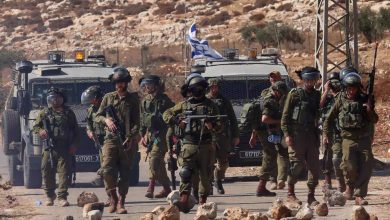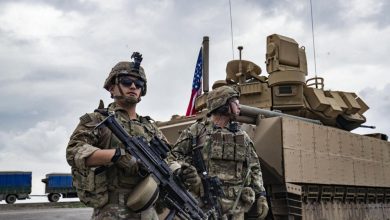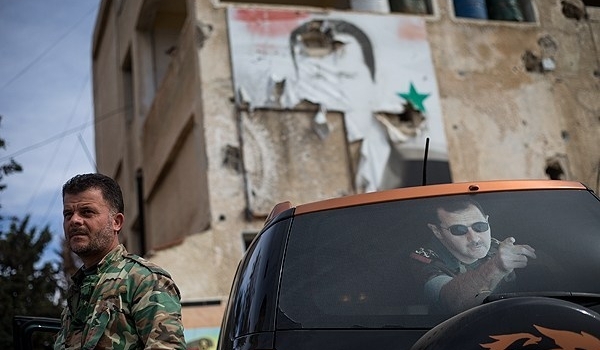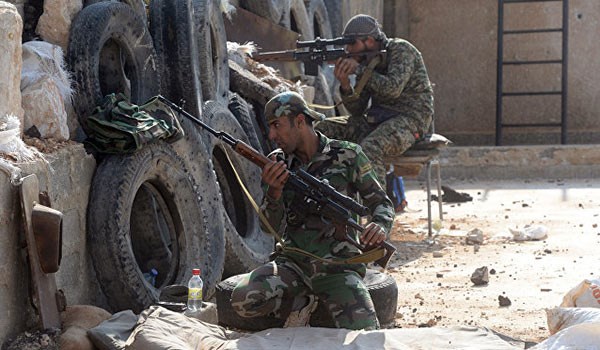Israel loosened rules to bomb ‘non-military’ targets after failure in Gaza war: Report
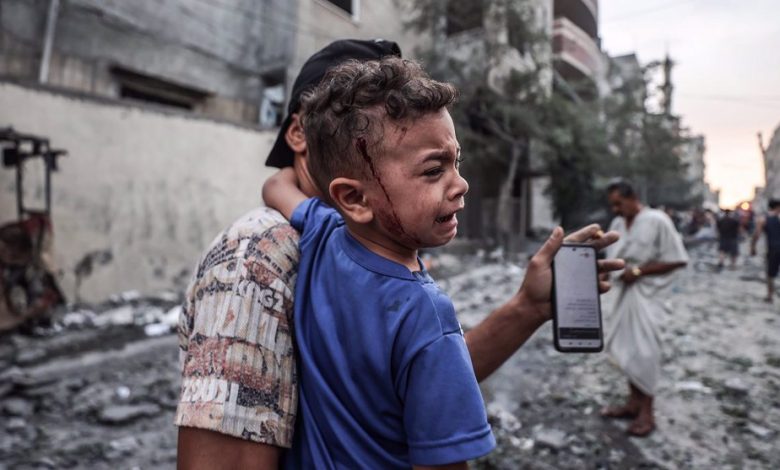
A new investigation has revealed that the Israeli regime expanded the occupation army’s authorization for bombing “non-military targets” in the besieged Gaza Strip after failing to overcome the Palestinian resistance movement Hamas.
The revelation was made in a joint investigation by Israeli outlets +972 Magazine and Local Call, which included interviews with multiple current and former Israeli intelligence officials.
The investigation indicated that lower expectations on limiting civilian targets were combined with the use of Artificial Intelligence (AI) to generate a wider range of targets, which was termed by one of the sources as a “mass assassination factory.”
“The Israeli army’s expanded authorization for bombing non-military targets, the loosening of constraints regarding expected civilian casualties, and the use of an artificial intelligence system to generate more potential targets than ever before, appear to have contributed to the destructive nature of the initial stages of Israel’s current war on the Gaza Strip,” the report said.
The Israeli outlets cited unspecified sources as saying that in at least one case, the occupation military intelligence approved the death of hundreds of Palestinians as part of an attempt to assassinate one Hamas military commander.
When compared with previous assaults on Gaza, the investigation said, there has been a major expansion of “non-military targets,” with private residences, infrastructure and high-rise blocks all defined as “power targets.”
“The numbers increased from dozens of civilian deaths [permitted] as collateral damage as part of an attack on a senior official in previous operations, to hundreds of civilian deaths as collateral damage,” one source told the outlets.
The joint investigation underlined that another reason for the large number of targets and the extensive harm to civilian life in Gaza was the widespread use of Hasbora, an AI system that can generate targets at a far faster rate than before and had contributed significantly to a very high civilian death toll.
The sources said AI allowed the Israeli military to carry out strikes on residential homes on a massive scale, even merely to target a junior Hamas member.
“Nothing happens by accident,” another source told +972 Mag and Local Call. “When a three-year-old girl is killed in a home in Gaza, it’s because someone in the army decided it wasn’t a big deal for her to be killed – that it was a price worth paying in order to hit [another] target.”
The investigation also stressed that Israel’s failure to prevent the October 7 attacks by Hamas had led to a major over-compensation since then and a willingness to inflict massive collateral damage.
“We are asked to look for high-rise buildings with half a floor that can be attributed to Hamas,” one source was quoted by +972 Magazine as saying.
The source said that this place may be a “spokesperson’s office, or a point where operatives meet,” adding, “I understood that the floor is an excuse that allows the army to cause a lot of destruction in Gaza.”
Another source said, “All of this is happening contrary to the protocol used by the IDF in the past,” referring to the so-called Israel Defense Forces.
“There is a feeling that senior officials in the army are aware of their failure on October 7, and are busy with the question of how to provide the Israeli public with an image [of victory] that will salvage their reputation,” the source added.
According to media reports, over 300 Palestinian families have lost 10 or more family members in Israeli bombings in the past two months — a number that is 15 times higher than the figure from what was previously Israel’s deadliest war on Gaza, in 2014.
Israel launched the war on Gaza on October 7 after Hamas-led Palestinian resistance groups waged the surprise Operation Al-Aqsa Storm against the occupying entity in response to the Israeli regime’s decades-long campaign of bloodletting and devastation against Palestinians.
Tel Aviv also blocked water, food, and electricity to Gaza, plunging the coastal strip into a humanitarian crisis.
More than 15,000 Palestinians, most of them women and children, have been killed in the Israeli strikes.

